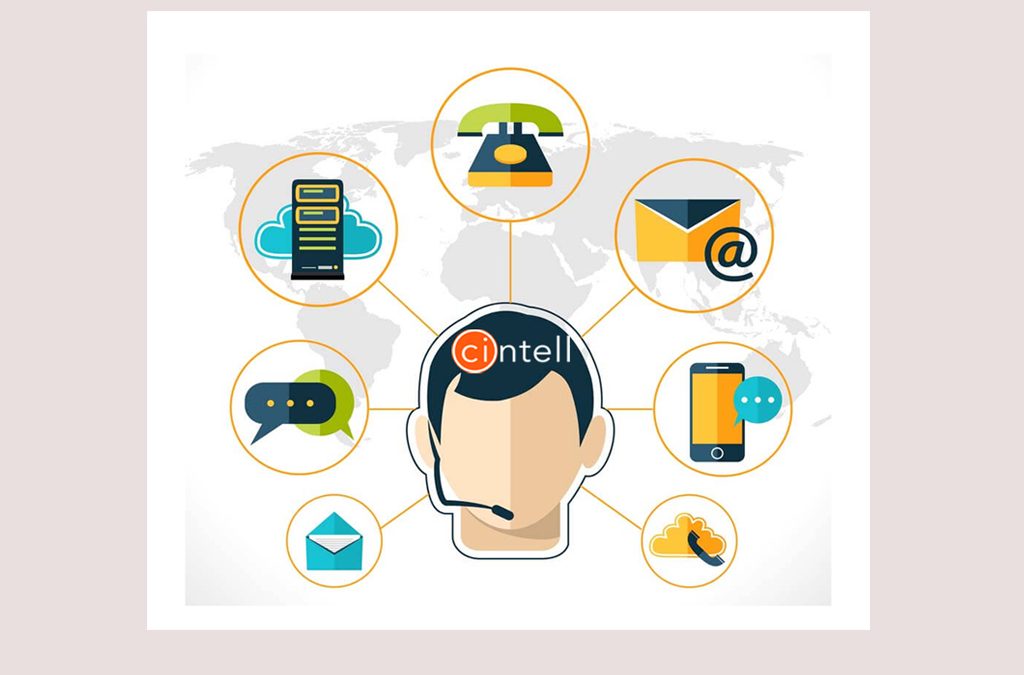A Guide to Optimizing Customer Communications
What separates the leader of the pack from their competitors? Although buyers in the past may have decided where to spend their resources based on the value they receive from your product, today’s customers have been much more concerned with the quality of a company’s customer service.
Today a reported 89% of companies compete for buyer loyalty based solely on their customer support and service, with the same percentage of clients switching to new brands after one poor service experience.
The struggles that businesses with low-quality customer support face boil down to one singular issue: ineffective communication. When customers engage with your brand, they expect accuracy, timeliness, transparency, multiple channel options, and personalized experiences in equal measure. The question for you then becomes: how can I deliver each aspect of successful customer communications without having one supersede or sacrifice the other?
To get started, let’s unpack how companies cultivate a holistic approach to their external communications to better align with customer expectations and deliver their services accordingly.
Driving strategy with intelligence
Business intelligence is at the helm of modern strategy, and customer communication is no exception to the rule. Customer intelligence is critical to your understanding of your customer, and this includes the best methods for engaging with them.
And yet despite this, so many organizations rely on outdated or faulty data when crafting their CX strategies—everything from the wrong contact information to inaccuracies around an individual’s conversion potential. The average business risks losing up to 12% of their annual revenue when their marketing and sales teams rely on skewed data. In the context of customer communications, these inaccuracies are particularly dire when 64% of customers do not trust the information they are given by business representatives.
That’s why the key to optimizing your customer insights is through leading BI tools, such as customer intelligence platforms. Pairing your approach to customer data acquisitions with artificial intelligence technology helps you reduce the potential for human error while simultaneously accelerating the customer intelligence process. When communicating with both existing and prospective customers, these platforms help you prioritize the ideal channels and deliver the best messaging for higher engagements and conversations with your audience.
Understanding your target personas
Whether you like it or not, the type of person your business attracts impacts the type of communication channels where you will best engage with customers. Among many other benefits, persona strategy helps organizations determine how and through what means their customers prefer to communicate, which allows them to tailor their strategies toward these preferences.
Although there are outliers within every group, your persona’s background, demographics, and online behavior can help shape your understanding of which communication channels they are most likely to gravitate toward (and therefore, which ones you should prioritize in your communications strategy).
As an example, younger, more tech-savvy buyers are typically more comfortable engaging in self-service communication with a chatbot on your site before checking out their cart. Alternatively, clients purchasing on behalf of their company may prefer to fully establish a relationship with your team before inking the contract, requesting an in-person meeting or a presentation over video conferencing instead.
There are a few essential components required to create an effective buyer persona that you should keep in mind while building out your communication strategy. First, it’s valuable to assess your current customer base and the components that unify them: everything from where they live and what they do for work to their intrinsic motivators and social circles (once again this is where having accurate customer intelligence becomes absolutely crucial). Then, you can boil this information down to recurring themes that you and your team identify before shaping this type of customer into a single, representative embodiment.
With personal information on hand, you’ll find it infinitely easier to emotionally connect with and engage your customers during communication.
Learning the value of self-service and personalized support
Self-service and personalized engagements rest on opposite sides of the communications spectrum. The former entirely lacks human interaction on the business’ side, while the latter involves your team interacting with customers on an individual basis.
Both self-service and one-on-one customer interactions are valuable pathways to engage with your customers, though too often businesses heavily prioritize one over the other. That’s why it’s important to understand the environments where self-service excels, as well as the areas of a customer journey where human support may be better suited.
Self-service gives businesses a glimpse into what the future holds for customer service. Already, more than 60% of American buyers prefer to solve simple issues though a self-service site, knowledge hub, or application. And why wouldn’t they? Compared to waiting on hold for a customer representative or visiting a company’s office in-person, self-service provides the fastest avenue for resolving any questions they need answered. Self-service through a chatbot or site portal additionally offers 100% accuracy in your responses, unlike employees who may be reading out-dated information or may not have the correct answer on hand.
That doesn’t mean that personalized, human engagements with customers have no place in the modern buyer-producer relationship, however. In an era that is plagued by spammy email blasts, irrelevant ads on social media, and poor on-call customer support, personalization is a powerful tool for converting customers who are disenfranchised by generic communication. And it’s the reason why nearly three-quarters of marketing professionals agree that targeted messages and tailored emails balloon the frequency of customer engagements. For these reasons, personalization becomes most effective for long-term purchase journeys or customer issues that are complex in their subject matter.
Final thoughts In a highly competitive business landscape, your relationships with customers are the bedrock of your success and longevity as an organization. Companies that are able to lead their conversations with customers through intelligence and a comprehensive understanding of their customer personalities will also turn into the leaders of their industries.


